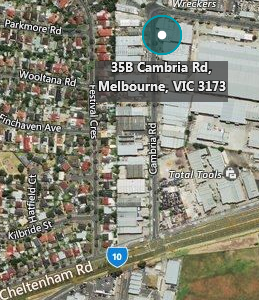Water softening is the removal of calcium, magnesium, and certain other metal cations in hard water. The resulting soft water requires less soap for the same cleaning effort, as soap is not wasted mopping up calcium ions. Soft water also extends the lifetime of plumbing by reducing or eliminating scale build-up in pipes and fittings. Water softening is usually achieved using lime softening or ion-exchange resins but is increasingly being accomplished using nanofiltration or reverse osmosis membranes.
Methods
The most common means for removing water hardness rely on ion-exchange resin or reverse osmosis. Other approaches include precipitation methods and sequestration by the addition of chelating agents.
Ion-exchange resin method
Conventional water-softening appliances intended for household use depend on an ion-exchange resin in which “hardness ions”—mainly Ca2+ and Mg2+—are exchanged for sodium ions.
Reverse osmosis
Reverse osmosis (RO) takes advantage of hydrostatic pressure gradients across a special membrane. The membrane has pores large enough to admit water molecules for passage; hardness ions such as Ca2+ and Mg2+ will not fit through the pores. The resulting soft water supply is free of hardness ions without any other ions being added. Membranes are a type of water filter requiring regular cleaning or replacement maintenance.

